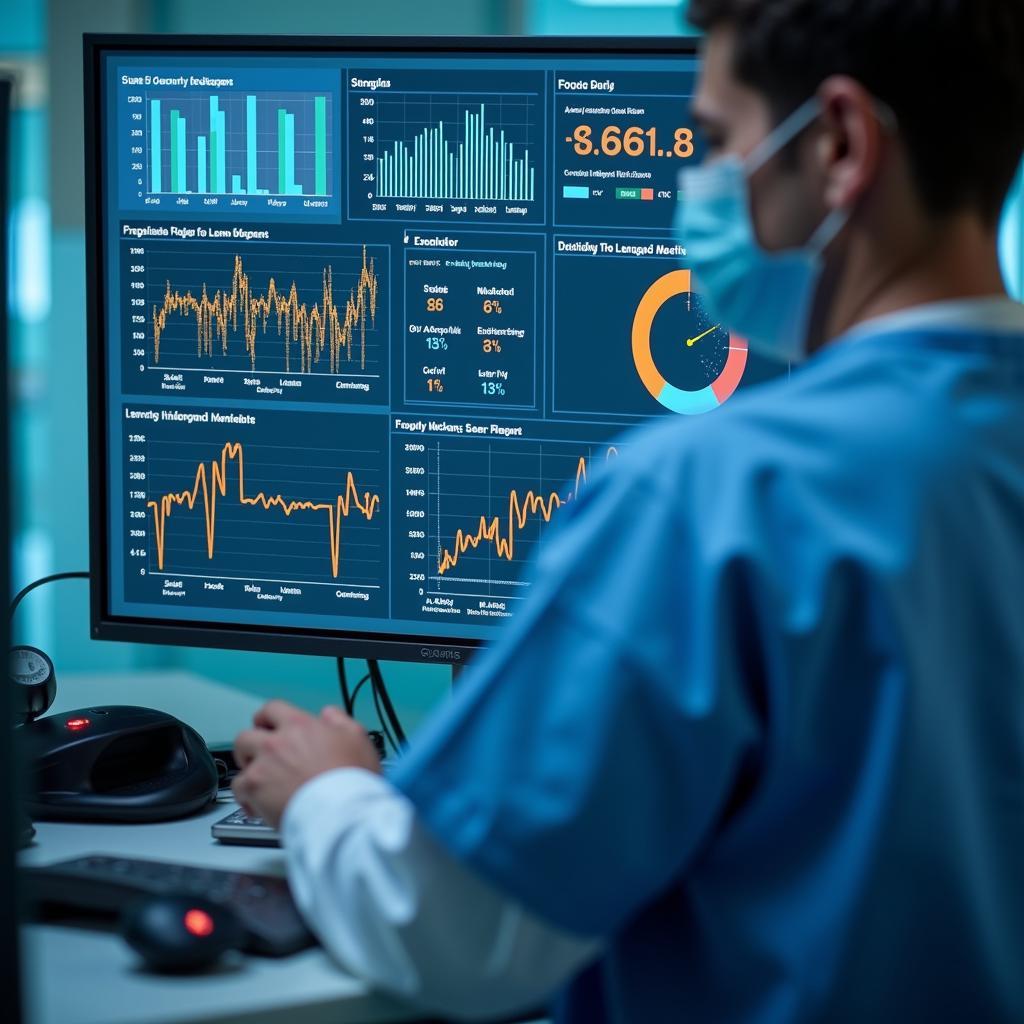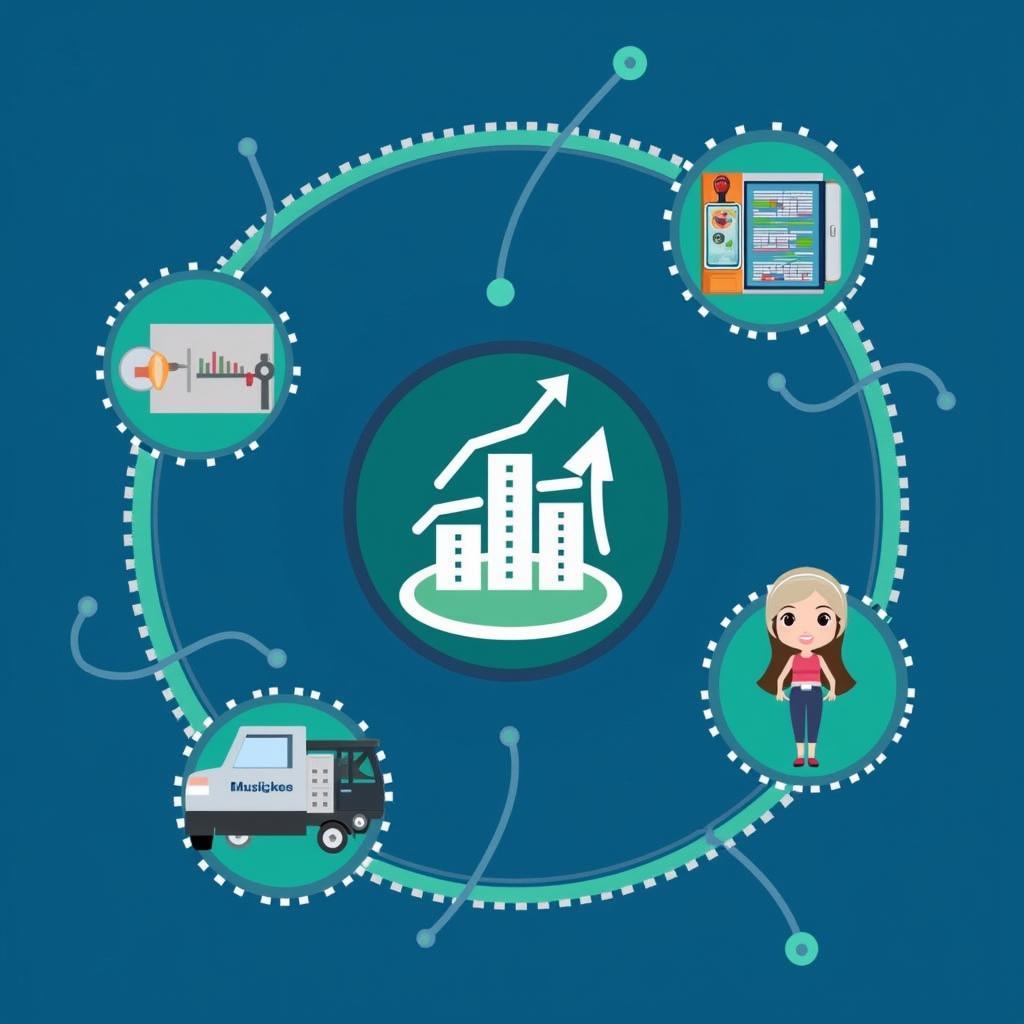When facing a medical emergency, the last thing on anyone’s mind is data analysis. However, the reality is that hospital emergency room data holds a wealth of information that, when properly analyzed, can revolutionize healthcare delivery and improve patient outcomes. Let’s delve into the importance of considering this data and explore its potential applications.
Unlocking Efficiency and Effectiveness: Why Hospital Emergency Room Data Matters
 Analyzing Emergency Room Data for Efficiency
Analyzing Emergency Room Data for Efficiency
Hospital emergency rooms are dynamic environments where every second counts. The ability to track, analyze, and interpret data from these settings can be instrumental in:
- Identifying Trends: Analyzing patient demographics, arrival times, and reasons for visits can help hospitals identify peak hours, common ailments, and potential outbreaks.
- Optimizing Resource Allocation: Data on patient volume, staff availability, and equipment usage enables hospitals to allocate resources effectively, ensuring timely and efficient care.
- Improving Patient Flow: By analyzing wait times, treatment protocols, and discharge procedures, hospitals can streamline patient flow, minimizing delays, and enhancing overall satisfaction.
- Enhancing Emergency Preparedness: Data analysis can help hospitals prepare for mass casualty events or public health emergencies by forecasting resource needs and optimizing surge capacity.
Delving Deeper: Key Data Points and Their Significance
 Key Data Points in Hospital Emergency Room Data
Key Data Points in Hospital Emergency Room Data
Effective analysis hinges on collecting and understanding relevant data points, including:
- Patient Demographics: Age, gender, insurance status, and medical history can reveal patterns in health conditions and healthcare utilization.
- Arrival Information: Time and mode of arrival (ambulance, walk-in) offer insights into patient needs and potential delays.
- Triage Assessment: Severity level, vital signs, and initial diagnosis help prioritize patients and guide treatment decisions.
- Treatment Procedures: Documentation of medications administered, tests performed, and procedures conducted provides valuable information on patient care.
- Discharge Data: Discharge diagnoses, follow-up instructions, and patient satisfaction scores contribute to quality improvement initiatives.
Applications of Hospital Emergency Room Data: A Glimpse into the Future
 Various Applications of Hospital Emergency Room Data
Various Applications of Hospital Emergency Room Data
The insights gleaned from analyzing hospital emergency room data have far-reaching applications, extending beyond the immediate care setting.
- Public Health Surveillance: Tracking infectious diseases, identifying outbreaks, and monitoring the impact of public health interventions are all possible with comprehensive data analysis.
- Predictive Analytics: By leveraging historical data, hospitals can develop predictive models to anticipate patient volume, identify high-risk individuals, and optimize staffing levels.
- Performance Improvement: Data analysis enables hospitals to track key performance indicators, identify areas for improvement, and enhance the quality of care provided.
- Research and Innovation: Emergency room data serves as a valuable resource for clinical research, facilitating the development of new treatments, diagnostic tools, and healthcare policies.
Conclusion: Harnessing Data for a Healthier Tomorrow
Consider The Hospital Emergency Room Data not as mere statistics, but as a powerful tool for transforming healthcare delivery. By embracing data-driven approaches, hospitals can optimize operations, enhance patient care, and pave the way for a healthier future for all.
Need assistance navigating the complexities of hospital operations? Explore our resources on hospital clerk vacancies and hospital room door for valuable insights.